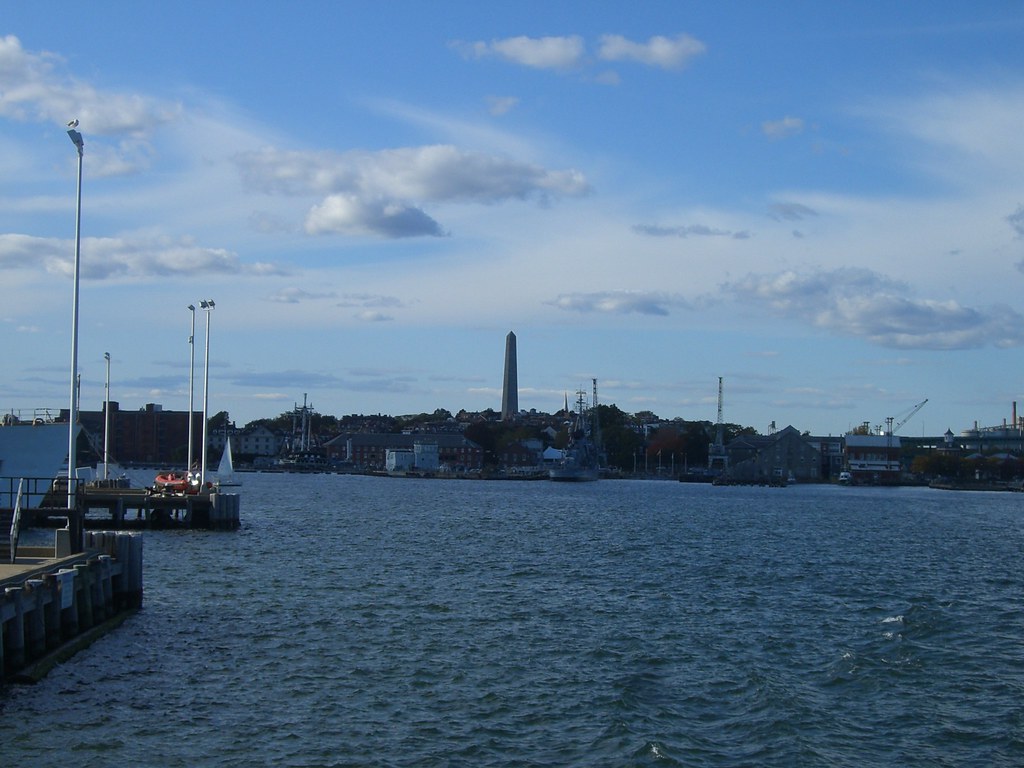I love the hill behind my house. For one thing, I suspect it's a drumlin. For another, I found my garnet mica schist there. And for the third, I can see a whole bunch of fireworks displays from all over the Seattle area from it. Not perfectly, mind, but well enough. And there are no crowds. Just lotsa ba-booms.
As I was headed for the hill, I saw the lovely crescent moon shining in the last of the sunset:
And then, once I'd got up the hill, I discovered something outstanding.
You see, when it's cloudless here (which is like two days out of the year), you can catch a teensy little glimpse of the Olympics from that hill. And there was one of the higher peaks, silhouetted against the twilight, with things blowing up nearby:
Okay, so the mountain's nearly hidden behind a tree, but still. Besides, I have this nifty video that gives a better view - and lotsa splodey things.
Is that or is that not sweet?
Speaking of sweet, folks launched fireworks in the valley down by the river, so the whole huge drumlin opposite my drumlin would be lit up like, well, the 4th of July. I didn't catch the really gorgeous explosions, alas, but I managed to catch this one in the act:
Watching those enormous blooms of sparks against the dark forested hill, lighting up the entire valley for just an instant, made my heart leap. So did the ones someone on the hill above me launched - I mean, full-size fireworks going off right above my head, now, that was intense. And more fun than I care to admit.
After a while, the entire valley filled with smoke and the faint smell of cordite. Surreal. I would've stayed out there for the finale, but there was this ridiculous long lull in the displays that allowed my extremities to clear their respective throats and say, "You know, Dana, it may be July, but we're fairly far north, and it is frickin freezing out here, and we'd really like to go back inside." So we did. I couldn't feel my fingers or toes for about an hour afterward, but it was worth it.
Evelyn put up red, white and blue rocks in honor of the holiday, which got me to thinking about the Fourth of July and geology. There's definitely geology involved. Take the whole Battle of Bunker Hill thing. That was fought on drumlins. Having one right behind me, I can understand why the rebels wanted to be on top and why the British had a hard time assaulting those positions. They may not be all that tall, in the relative scheme of things, but when you're running up a hill in a hail of bullets, they probably seem very tall indeed. And they command a fair view of the surrounding area.
 |
| Breed's Hill, courtesy of McDee |
Most of the glaciers we associate with now are so small it's hard to believe something as prosaic as a lot of ice left such enormous mounds of gravel, sand and clay, but they did. We're talking continental glaciers that were hundreds of thousands of square miles in extent and three thousand feet thick. Even wee glaciers make good bulldozers: you can just imagine what these behemoths were capable of. But you don't have to imagine it. You can go walk around and see the results for yourself, all over the northern bits of North America.
If you go, make sure you pick up a copy of Written in Stone by Chet and Maureen Raymo. 'Tis handy and slim.
Oh, just one more, then, because a famous drumlin close to sunset is lovely:
 |
| Breed's Hill, courtesy of Via Tsuji |
Drumlins are cool.











4 comments:
I sometimes see hills that look like they're drumlins but I don't know, because I don't know where the drumlin fields start and stop. For example, driving from Toronto northeast towards Peterborough, I'm pretty sure there are drumlins. Is there any way to tell, short of flying over them? I guess I should look them up in a geology book, maybe Ontario Rocks by Nick Eyles.
I sometimes see hills that look like they're drumlins but I don't know, because I don't know where the drumlin fields start and stop. For example, driving from Toronto northeast towards Peterborough, I'm pretty sure there are drumlins. Is there any way to tell, short of flying over them? I guess I should look them up in a geology book, maybe Ontario Rocks by Nick Eyles.
When my kids were little they were taken on field trips every year to Drumlin Farm in Lincoln, MA, a lovely spot.
I love your blog - and not just because I like Margaritas and rocks.
Jean
Has anyone mapped these drumlins? Just curious.
Being a southerner, I don't get to see glacial features.
Sadly, I lost all of my 35 mm slides of Wisconsin glacial features (taken while traveling in 1982), when I forgot to reel the exposed film back in before I opened the back of the camera.
Post a Comment